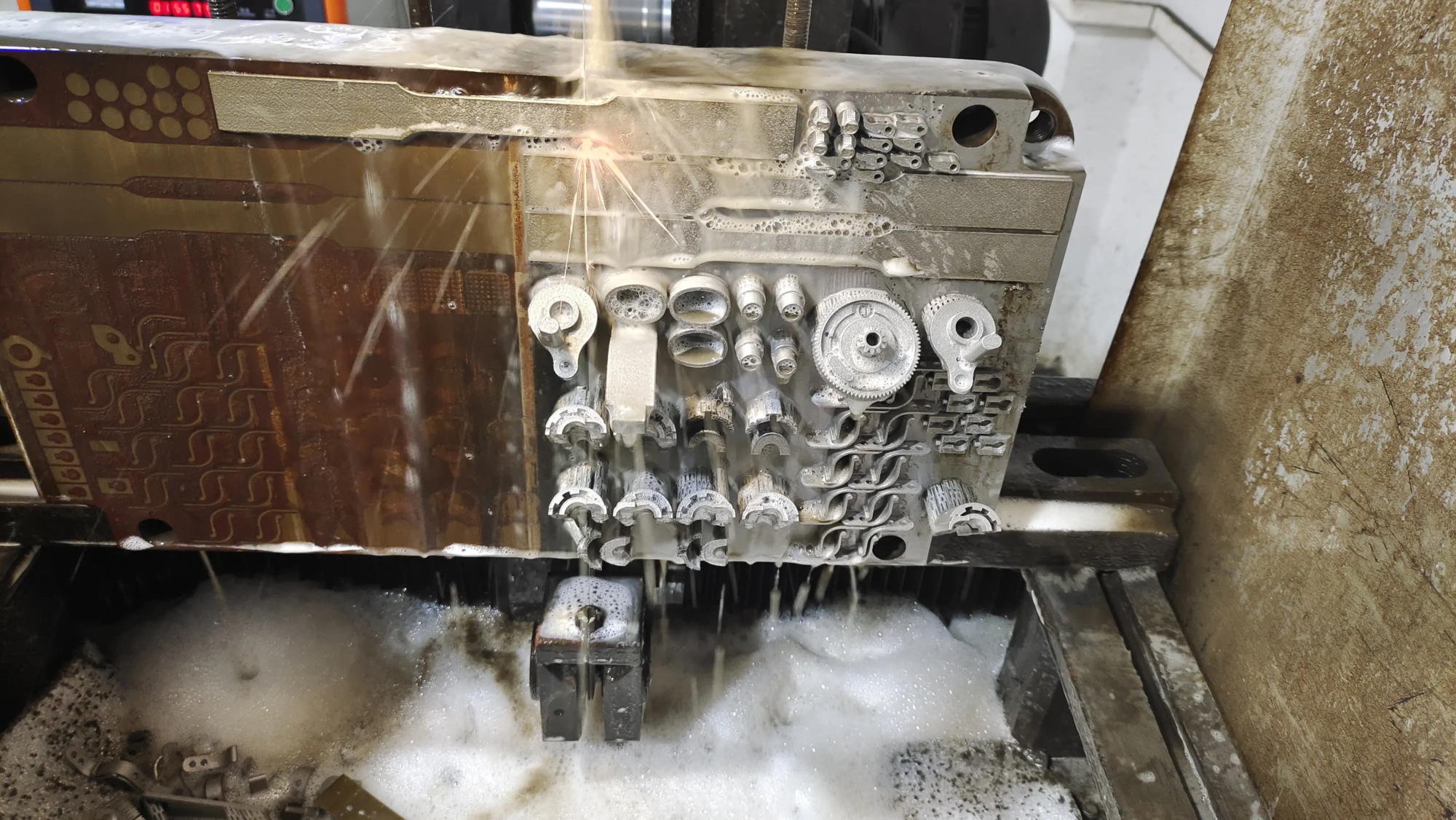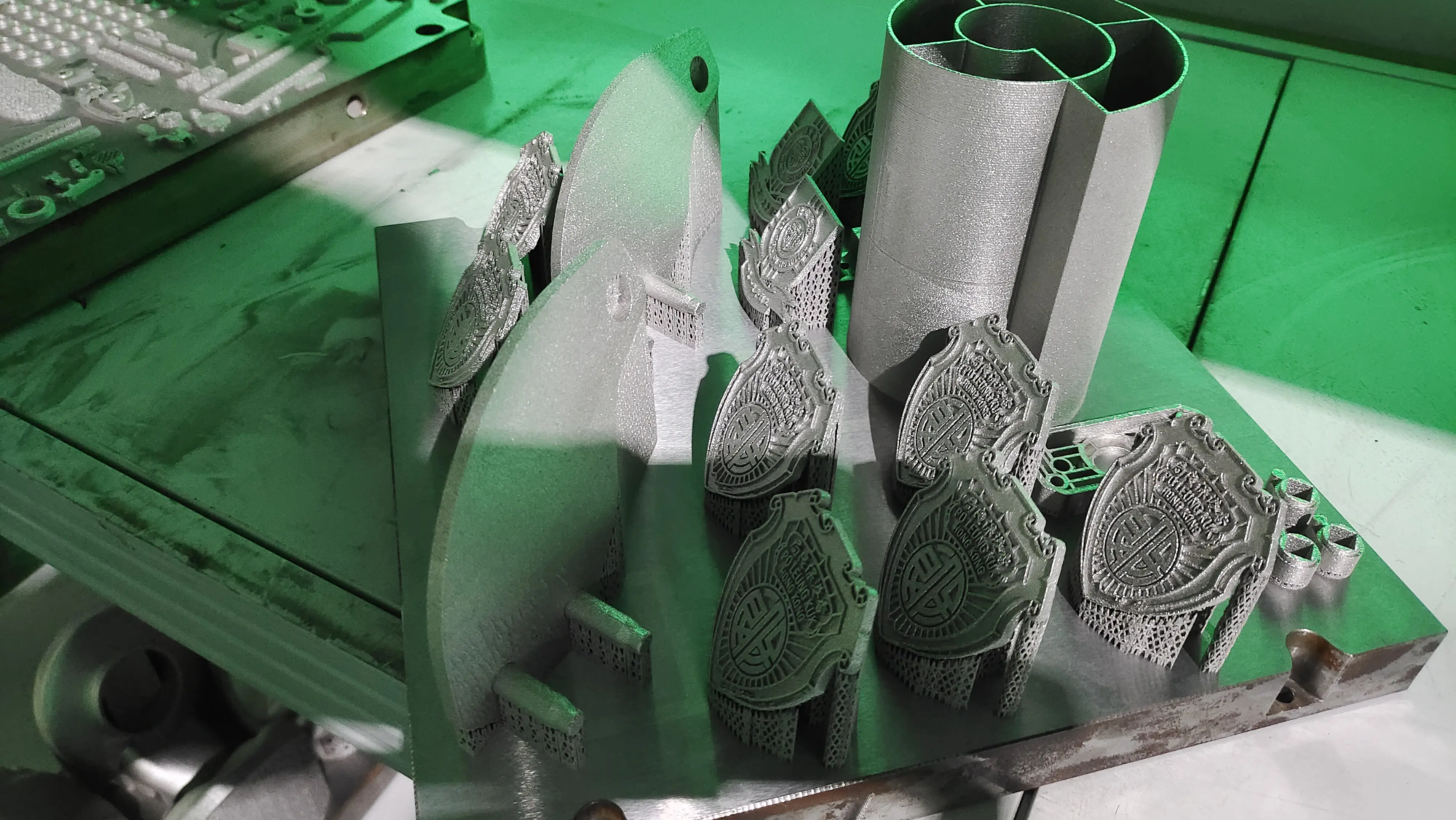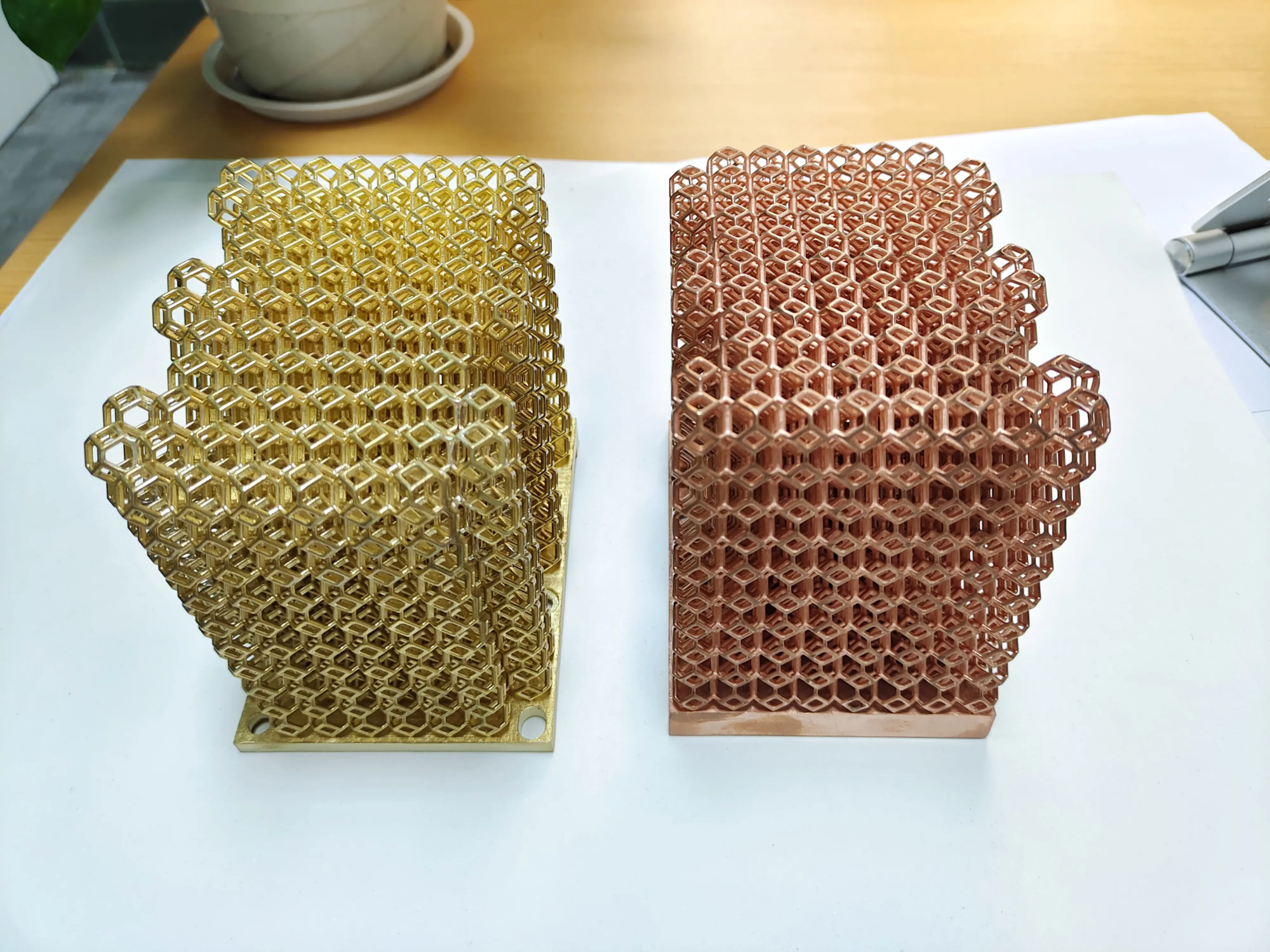Improve game settings: Why 3D printing your own headset is the ultimate upgrade
In the world of gaming, streaming and even remote works, your lifeline is headphones – but put it on the table at will? That’s a recipe for tangle, hurt and mess. Enter 3D printed headphone stand: A stylish, custom solution that combines utility with modern design. Whether you’re an amateur exploring DIY projects or a professional looking for flawless aesthetics, 3D printing transforms simple accessories into statistic works. In this in-depth dive, we will explore how to make our position and why Metal 3D printing Stand out and like professional services Great Make sure your vision exceeds expectations.
Why 3D printed headphone racks? Unparalleled advantages
Unlike mass-produced plastic brackets, 3D printing offers Unparalleled customization and Durability. This is why it dominates:
- Personalization: Design a stand tailored to the weight, size and style of the headphones. It is impossible to add logos, gamer tags or ergonomic curves through injection molding.
- Cost-efficiency: Avoid tool fees. Print only what you need and reduce waste.
- Material versatility: Choose lightweight foundation or metals like aluminum from plastics like PETG for premium, heirloom quality finishes.
- Quick iteration: Test the prototype in hours rather than weeks. Adjust the design after single use.
Step by step: Making 3D printed headphones
1. Design stage
Start with CAD software such as Fusion 360 or Tinkercad. Main things to note:
- Weight distribution: Make sure the base is wide enough to prevent tilting.
- Cable management: Integrate hooks or channels to organize wires.
- aesthetics: Use parameter design to reflect your setting atmosphere – from minimalist arc to cyberpunk spikes.
hint: Websites like Thingiverse offer free templates, but customizing them will increase uniqueness.
2. Material selection
- PLA/PETG: Affordable color design. Best for lightweight headphones.
- Nylon (SLS):Durable and flexible for complex geometric shapes.
- Metal (SLM): Very suitable for heavy duty use. Aluminum, stainless steel or titanium mixtures offer industrial strength and luxury appeal.
3. Printing and post-processing
- FDM Printing: Suitable for plastic. Stability is performed using 25-50% filler.
- SLM (Selective Laser Melting): For metal brackets, SLM fuses the powder layer with the laser to create a dense, robust structure.
- Post-processing:
- Grinding/polishing: Eliminates the layered lines of the mirror.
- plating: Add gold, silver or copper finish.
- Anodizing:For aluminum, this enhances corrosion resistance and color vitality.
Why Metal 3D Printing Dominates
The plastic bracket is warped under hot or heavy-duty headphones, but Metal 3D printing Solve this problem permanently. The following are:
- Unrivaled durability: SLM printed metal brackets can accommodate years of daily use without bending or rupture.
- Heat resistance: No deformation near warm PC or sunlight.
- Aesthetic weight: The sturdy metal base feels tall and anchors firmly.
- Free design: SLM supports weight-reducing or hollow-designed lattice structures to reduce material costs.
Case study: A gaming peripheral brand uses Greatlight’s SLM printer to create a titanium rack with integrated Qi-wireless charging. result? The weight and solid steel are reduced by 40%, and the interference to electronic products is zero.
Greghime: Precise manufacturing of elite results
When the DIY printer works for plastic, Metal headphone brackets require industrial-grade accuracy. This is Great – Leader in rapid prototyping – Expertise.
Why collaborate with Greatlight?
- Cutting-edge SLM technology: Our advanced metal 3D printers have an accuracy of ±0.05mm, capturing complex details such as textured grips or brand logos.
- End-to-end solution: From prototype to post-processing, we deal with:
- Surface finish (bead blasting, polishing)
- Heat treatment (pressure relief)
- Custom paint (PVD, ceramic)
- Material mastery: Quickly use prototypes of aerospace grade aluminum, stainless steel or copper alloys – all of which can be customized for your project.
- Speed and scalability: 1 or 1,000 units required? Our one-stop service provides functional prototypes within 48 hours, and production runs at competitive costs.
It’s not just the manufacturers that are great. We are yours Innovation accelerator. With the trust of automotive and tech giants, we solve complex challenges – such as optimizing conductivity or magnetic stand designs, i.e. ready-made solutions are out of reach.
Conclusion: From concept to command center is essential
3D printed headphone racks are not just organizers. It’s a fusion of art and engineering that reflects your passion. DIY plastic provides an interesting entry point, but Metal 3D printing unlocks elite durability and reputation. For professionals and brands, working with experts like Greatlight ensures perfect execution – turning functional gear into a conversation starter. Ready to upgrade? Whether you are printing from home or working with our engineers, the future of desktop organizations begins with a single design file.
FAQ: Your headset rack query answers
Q1: Can I print a headset rack at home?
Yes! Use the FDM printer with PETG for beginner-friendly, solid results. Avoid using heavy-duty headphones – heat can soften it.
Q2: Why choose metal over plastic?
Metal brackets resist wear, heat and weight stress. They offer luxurious aesthetics and indefinite lifespan – essential for studios or high traffic areas.
Q3: Are there any weight limits for 3D printing racks?
Use plastic to keep the load below 1 kg. The metal SLM printed bracket can support over 10kg, making it ideal for bulky headphones.
Question 4: How do I make sure my design is printable?
Keep a wall thickness above 1mm, avoid overhanging overhangs, and use a needle fork to reduce stress points. Greglight’s DFM (Manufacturing Design) analysis simplifies this.
Q5: What is the cost difference between DIY and professional metal printing?
DIY Plastic: $5–$20 filaments. Professional Metals: $50–$300+ per unit, depending on size and finish. Batch discounts are applicable to batch orders.
Question 6: Will Greatlight handle the design process?
Absolutely. Share your concept, our engineers optimize the optimization of SLM printing (including supporting structure and material selection).
Question 7: How long does it take to produce?
Prototype: 2-5 days. Production operation: 1-3 weeks. Temporary options available.
Question 8: Can I use integrated technology to print shelves?
Yes. We use precision channel routing features such as USB hubs or wireless charging coils embedded in metal frames to avoid signal damage.
Are there any more questions? Contact Greatlight for a free design consultation – let’s make the perfect stand.





